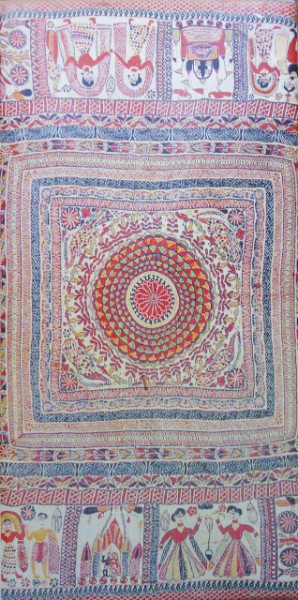
Sorry, we couldn't find anything that matches your search.
Destination

Famous Places to Explore in Hyderabad
A vibrant city with the imposing...

Raipur Tourist Places | Best Place to Visit
The stronghold of several erstwhile...

Ahmedabad
Declared as India's first UNESCO World...
#
Kantha is one of the oldest forms of embroidery in India. It is believed to have originated in the pre-Vedic period. In this, running stitches are creatively used to make flowers, birds, animals and geometrical figures on a cotton or silk cloth, which is used to make sarees and dhotis. Nowadays, blankets and quilts are also being created by stitching five or six cloth layers together. The motifs used in earlier times included symbols like the sun, the tree of life and the universe. Later, when the art was exposed to Hinduism, it incorporated motifs of deities and ceremonies and one could find a plethora of designs featuring gods, goddesses, ceremonies of birth and pujas. The word 'kantha' means rags in Sanskrit and the main motive behind the introduction of this embroidery was to be able to reuse old materials. The evolution of the embroidery can be accredited to the rural housewives of Bengal, who majorly practiced it to make quilts, sarees, dhotis and handkerchiefs for their families. Though its recognition faded over time, it was revived in the 1940s by the famous Kala Bhavana Institute of Fine Arts. Today, kantha sarees are coveted all over the state and making them is a labour-intensive job that requires intricate work. Channelling the essence of Bengal, these sarees are a must-buy if you're stopping over.




